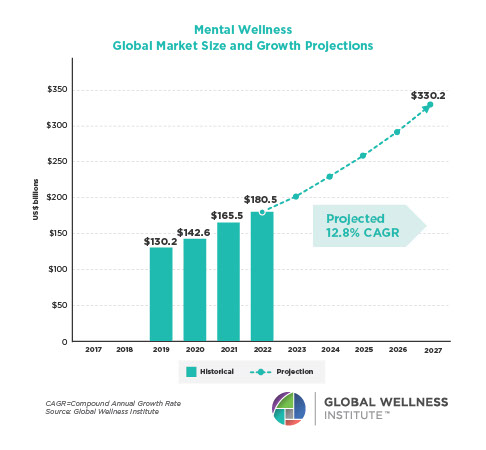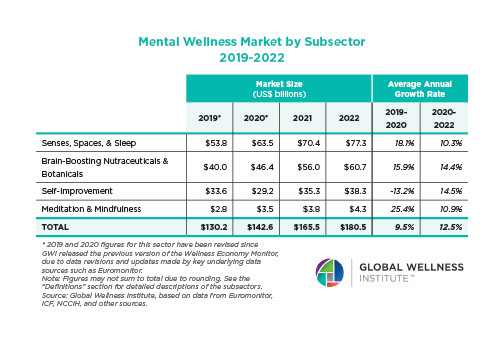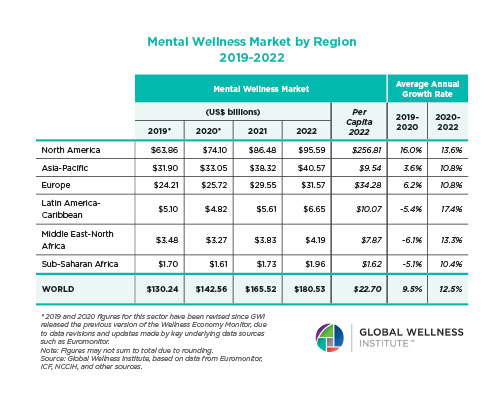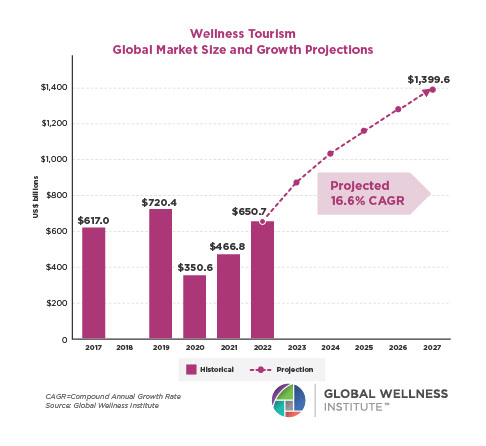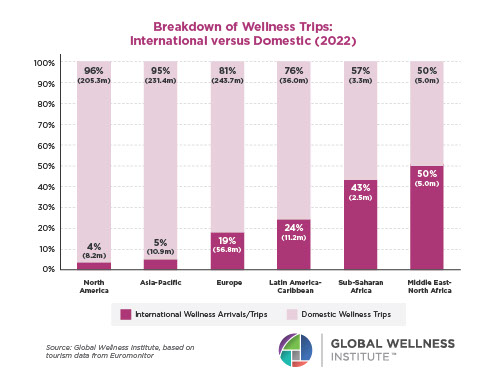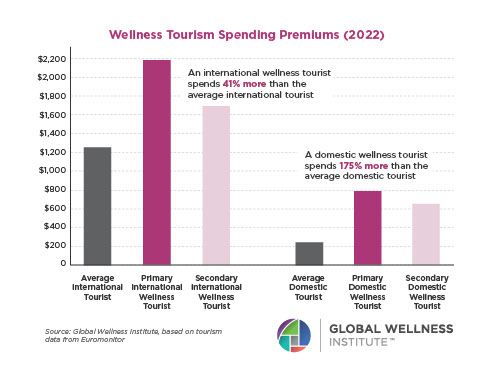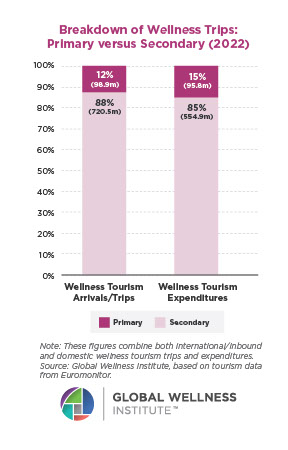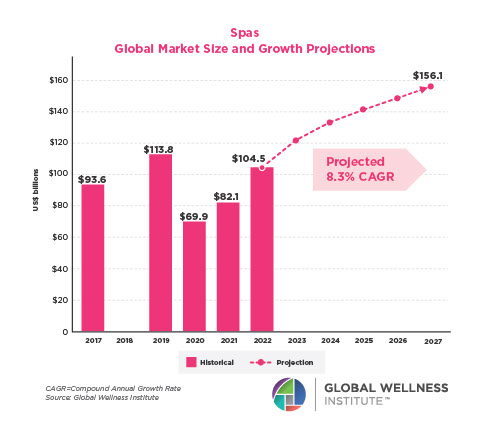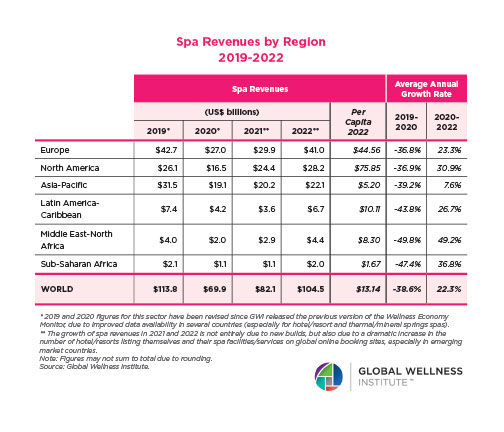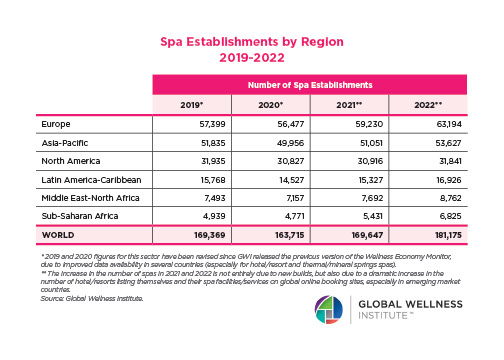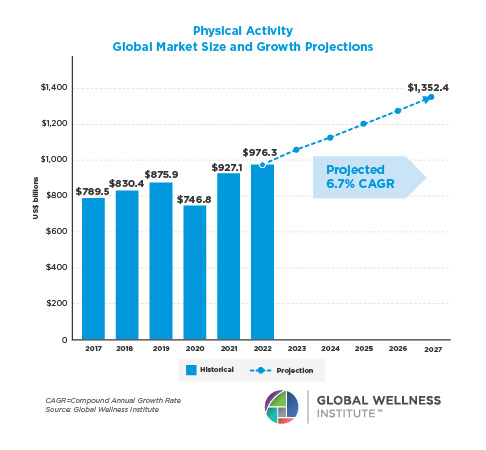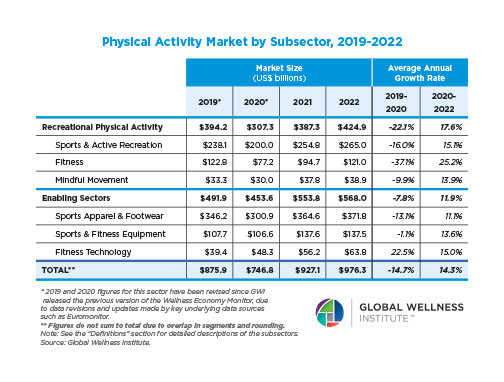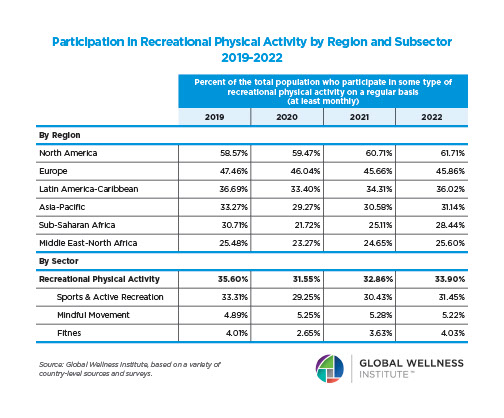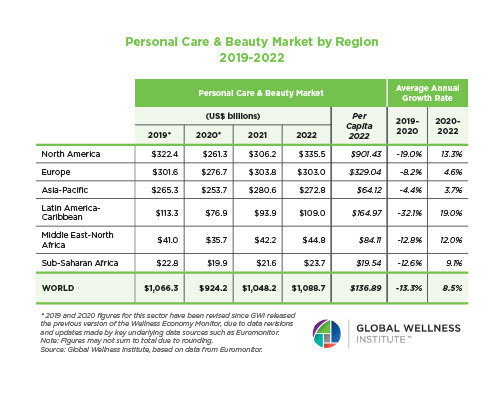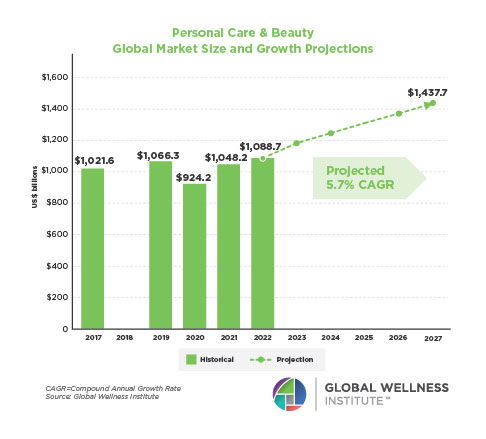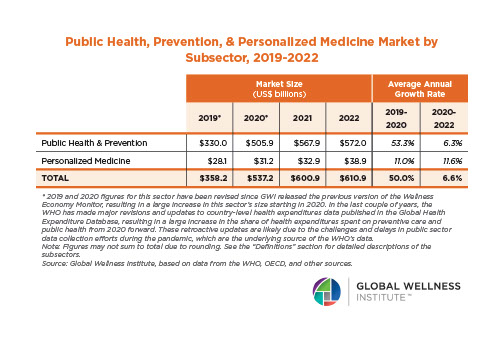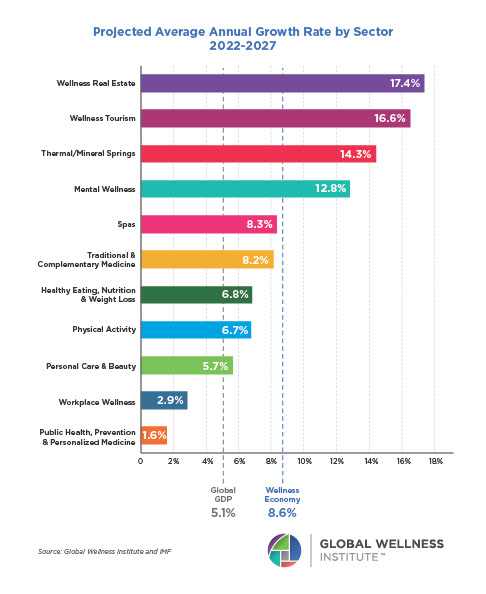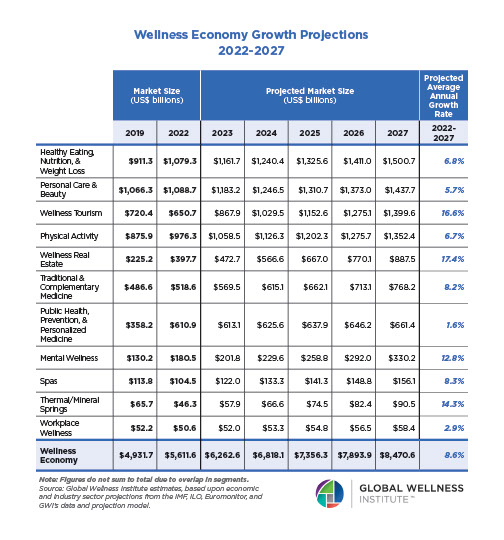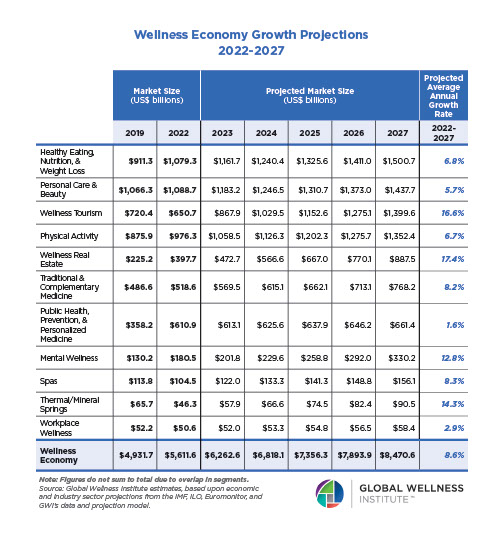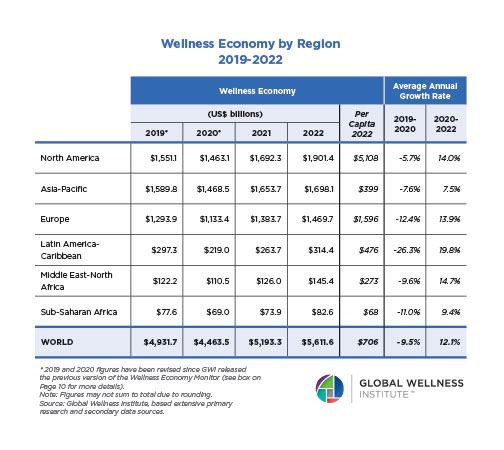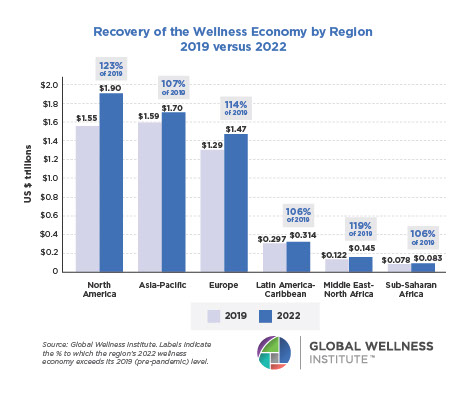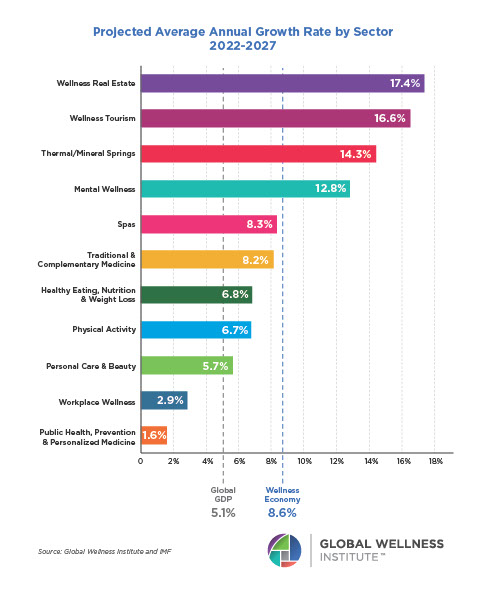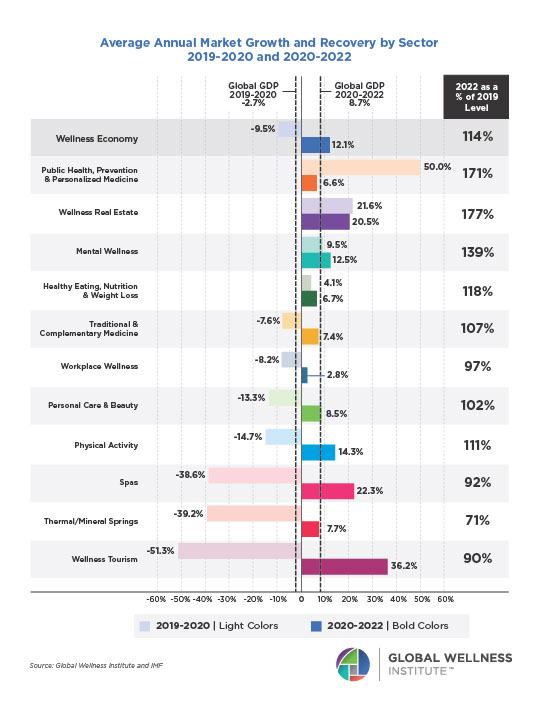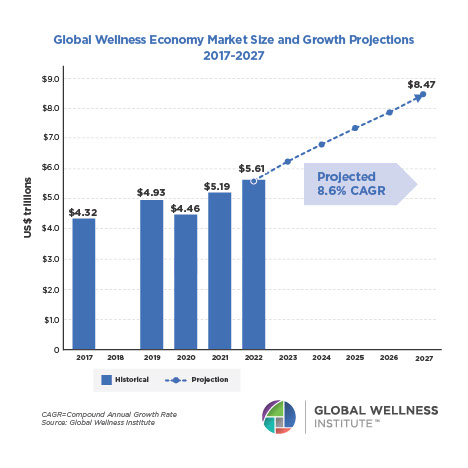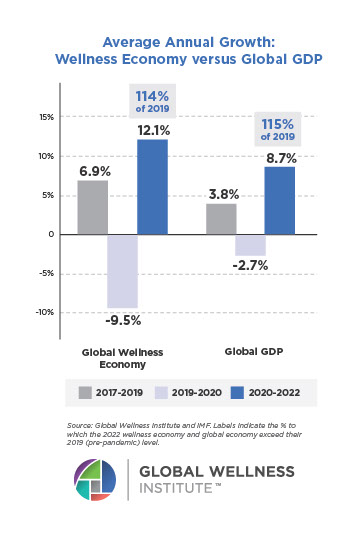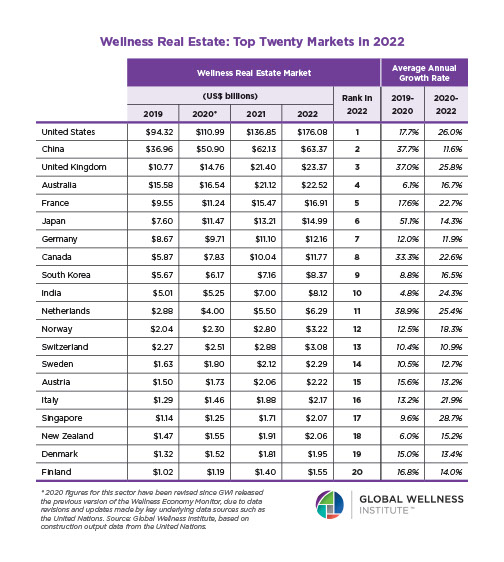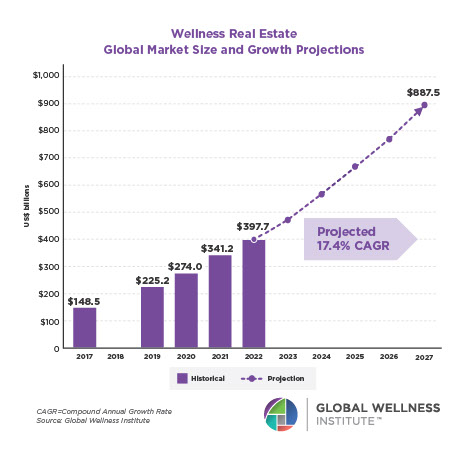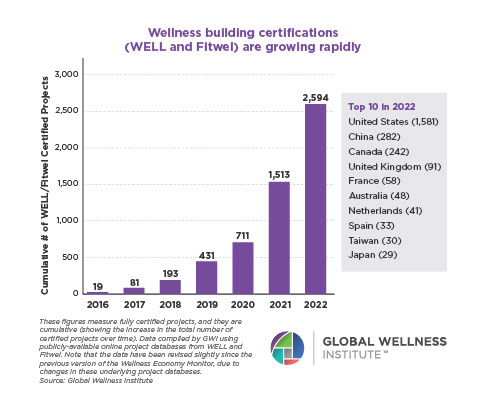Definition of Biophilic Design
Biophilic design is an approach to architecture and interior design that seeks to connect people more closely with nature by incorporating natural elements into built environments. Rooted in the concept of biophilia — our innate human tendency to seek connections with nature — this design philosophy often integrates natural light, materials, textures, plants, water features, and organic forms with an aim to enhance wellbeing.
Explore biophilic design research in the following medical databases:
PubMed Trip Cochrane*
*The Cochrane database requires users to enter the search term manually. Please enter ‘biophilic’.
AI Search: Access Semantic Scholar’s results on biophilic design.
Semantic Scholar
Learn more about our 3 research databases and AI search platform HERE.
Research Spotlight
The databases often return hundreds of medical studies for a single wellness approach. This section provides a sampling of studies – providing just a taste of the available research.
-
- Biophilic Design Positively Impacts the Physical and Mental Wellbeing of Patients and Staff in Hospital Settings
A 2024 systematic review published in Frontiers of the Built Environment looked at whether biophilic hospital design can reduce stress and enhance health and wellness for patients and caregivers. Analyzing the studies from 2010 – 2023, the article found that biophilic design in hospitals reduces hospitalization time, patient mortality, pain levels, and stress for healthcare providers. It also alleviates anxiety; improves experiences for patients, families, and staff; reduces patient harm; and supports faster recovery. Overall, the authors conclude that biophilic design positively influences the psychological and physiological responses of both patients and staff. Access this study on biophilic design. - Biophilic Design: Healthy Buildings, Healthy Brain
A 2025 study that explores a possible link between biophilia and brain plasticity, looking at how biophilic design in the built environment can positively influence brain function and mental health. The study indicates that interactions with nature may help an area of the brain critical for memory and emotional regulation. The findings support the integration of biophilia as a potential non-pharmacological approach to enhance cognitive and psychological health, and the authors propose that especially in healthcare environments, future architectural projects should leverage biophilic design to harness these therapeutic benefits to promote wellbeing and brain function. Access this study on biophilic design. - Biophilic Design in Architecture and Its Contributions to Health, Wellbeing, and Sustainability: A Critical Review
A 2022 literature review from Frontiers of Architectural Research that discusses biophilic design and its contributions to health, wellbeing and sustainability. Critically explores how biophilic design has emerged, how it is defined, in what ways it can contribute to the goals of sustainability in architecture, and what the major design strategies are. Access this study on biophilic design. - A Review of Psychological Literature on the Health and Wellbeing Benefits of Biophilic Design
A 2015 review from researchers at the University of Surrey analyzes the peer-reviewed literature supporting the benefits of biophilic design. While the authors found much evidence supporting certain attributes of biophilic design, such as the presence of natural elements, empirical evidence for other attributes, such as the use of natural materials or processes, is lacking. The review argues for more research on restorative environments and biophilic design. Access this study on biophilic design. - Biophilic-Designed Office Buildings Are Linked to Health Benefits and High-Performing Employees
A 2014 Australian study (published in the International Journal of Environmental Research and Public Health) examined the health benefits of biophilic design for workers in an office that incorporated natural lighting, ventilation, significant plants, recycled materials and use of non-synthetic materials. Data indicated a strong positive effect from incorporating these aspects of biophilic design to boost productivity, ameliorate stress, enhance wellbeing, foster a collaborative work environment, and promote workplace satisfaction, thus contributing towards a high-performance workspace. Access this study on biophilic design. - Designing for Harmony in Urban Green Space: Linking the Concepts of Biophilic Design, Environmental Qi, Restorative Environment and Landscape
A 2024 study published in the Journal of Environmental Psychology explored how nature-inspired design and the traditional Eastern concept of Qi, or environmental energy, influence how people experience outdoor spaces. It found that people feel more relaxed and connected in environments that combine natural elements with a sense of energy and harmony. While individual design features like natural shapes may not have a strong impact on their own, spaces that feel safe, sensory-rich, and in tune with nature can significantly improve mental wellbeing. The study concluded that by blending Western and Eastern views of nature, designers can create healthier, more restorative urban environments. Access this study on biophilic design.
Studies-in-Progress/Clinical Trials Underway
A clinical trial is any research study that assigns people to health-related interventions to evaluate the outcomes. “Interventions” include drugs, surgical procedures, devices, behavioral treatments, preventive care, etc.
- ClinicalTrials.gov: search ‘biophilic design’ in box that says “intervention/treatment”.
- World Health Organization: explore trials happening across the globe. When you reach WHO’s search page, please type in ‘biophilic design’.
Access all studies currently available for biophilic design in these databases:
PubMed Trip Cochrane* Semantic Scholar
*The Cochrane database requires users to enter the search term manually. Please enter ‘biophilic’. - Biophilic Design Positively Impacts the Physical and Mental Wellbeing of Patients and Staff in Hospital Settings





